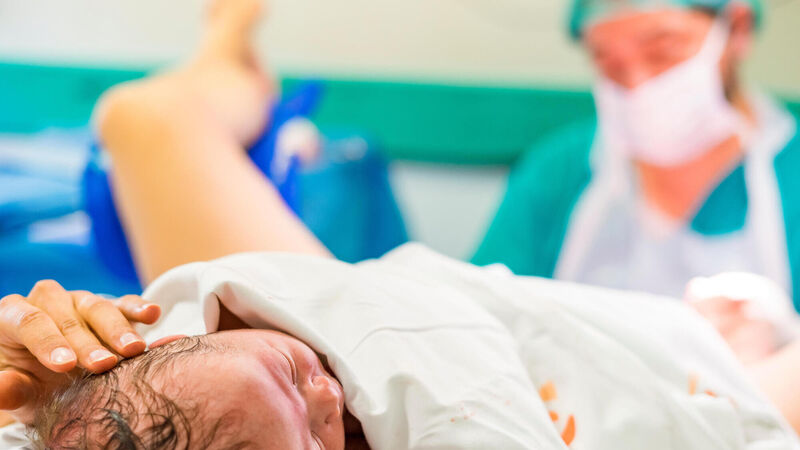Twice as many midwives leaving as joining profession, conference told

Last year, 329 midwives joined the profession but 658 left.
Twice as many midwives left the profession in Ireland last year compared to new entrants who joined, the All-Ireland Maternity & Midwifery Festival 2023 heard on Tuesday.
The need to amend how midwives train and changes to global recruitment rules were also discussed by Nursing and Midwifery Board of Ireland (NMBI) CEO Sheila McClelland during the event.
Last year, 329 midwives joined the profession between students, Irish midwives, and international staff. However, 658 left for various reasons.
“This is where it becomes really concerning — the amount we are losing off the register,” she said.
She said among a registered workforce of 9,816 midwives only 4,913 were “currently practising in the division” at the end of last year.
A further 4,210 were in what she described as “service-user facing jobs” across the maternity sector.
NMBI data on midwives’ nationalities showed 210 joined from Ireland, 21 from Ghana, 11 each from Britain and Italy, three each from Spain and Nigeria, and two from India.
“As of a couple of weeks ago there was a new addition by the WHO to their red list countries,” she said, referring to countries from where active recruitment of healthcare workers is disallowed.
“The concern in fact here is that Ghana is on that, as is Malawi, Nigeria, and Zimbabwe — all countries that we take midwives from.
"So these countries at an ethical level, we can no longer really accept midwives from those countries unless we speak to Foreign Affairs and make sure they understand.”
She added: “Zimbabwe have proactively now stopped issuing Certificates of Good Standing so the registrants physically can’t move, because we can’t register them in the profession.”
A speaker from the floor queried the ethics of telling midwives from those countries they cannot work elsewhere, while allowing midwives from well-off countries, including Ireland, to work wherever they wish.
Ms McClelland also discussed financial barriers to training for students who might need part-time jobs while studying and juggling placements.
“We do have to look at other pathways which might be an 'earn and learn' model, but always working towards an outcome that is a degree,” she said.
She pointed as an example to a groundbreaking new programme in nursing available in Donegal, Sligo, and Mayo Education and Training Board (ETB) and St Angela's and Atlantic Technological University, announced last week.
She said “new and novel pathways” are needed.
“One of the problems with the model we have is students have the student experience with long summers off,” she said.
“That means the CPC (clinical placement coordinators) in hospitals and in maternity settings are not being utilised in the summer periods.
She suggested one way to do this is to run clinical placements during the summer, while academic tutoring is not open.
Ms McClelland illustrated the urgency of this with a slide showing 687 of practising midwives are aged between 60 and 65.
A further 1,203 are aged between 50 and 59 and 1,241 aged between 40 and 49.
“There is a huge surge here in the 40 to 59 age bracket, so we need to be able to back-fill that now with some mechanism to educate or import the resources that we need even to stand still,” she said.












